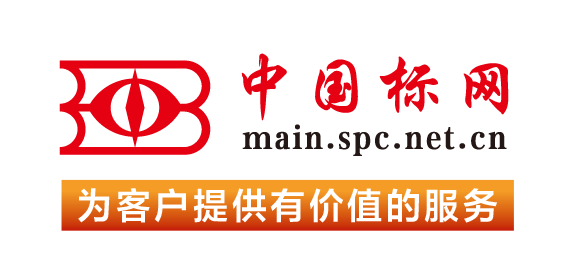This document establishes standard test methods and test objects for measuring the imaging performance of x-ray computed tomography (CT) security-screening systems. The quality of data for automated analysis is the primary concern. This document does not address the system's ability to use this image data to automatically detect explosives or other threat materials, nor is it intended for vendor-to-vendor comparisons of threat-detection performance. This standard does not purport to address… read more radiation safety and health practices associated with CT security-screening systems; users are advised to determine the applicability of regulatory limitations prior to use. Four annexes are included. Annex A is a bibliography (informative). Annex B (normative) provides mechanical drawings of the imaging test objects that compose the test article. A sample test report form is given in Annex C (informative). Finally, Annex D (informative) offers statistical guidance on multiple scans, summary statistics, and comparison of results. read less
定价: 元 加购物车
This guide contains a tutorial on lead-acid battery technology, battery charging characteristics, and a laboratory test procedure to evaluate charge parameters and battery performance. The information on leadacid battery designs and environmental characteristics is provided to help the PV system designer make appropriate battery decisions. Photovoltaic system parameters and operating conditions are discussed. Charging parameters related to PV systems are also suggested to help in the selection… read more of appropriate test set points. Finally, a performance test to verify the battery's operating set points and performance is provided, including discussions on how to interpret test results. This guide is applicable to all stand-alone PV systems where PV is the only charging source. This guide does not include PV hybrid systems. read less
定价: 元 加购物车
This standard is applicable to celebratory balloons that are comparable in size and shape to what are commonly referred to as foil balloons and are available in retail stores and filled with helium or a lighter-than-air gas. This test procedure evaluates the dielectric performance of celebratory balloons in contact with simulated energized overhead distribution power lines with the intent of minimizing balloon-caused power system outages (or electrical faults). The scope is limited to… read more distribution system voltages of 38 kV or less and only single balloons. The effects of having any moisture, contaminants, or string or ribbon attachments to the balloon(s) are not investigated under this procedure. read less
定价: 元 加购物车
This guide is intended to be used to determine if there are moisture-related conditions existing in concrete slabs which would adversely impact the successful application and performance of these products.This guide can also be used as an aid in the diagnosis of performance failures in resilient floor covering products.Unless otherwise indicated, these procedures are applicable to slabs on grade, slabs below grade, and slabs above grade (see Terminology F 141).1.1 This guide includes both quantitative and qualitative procedures used to determine the amount of water or water vapor present in or emitting from concrete slabs and criteria for evaluating the moisture-related acceptability of concrete slabs to receive resilient floor coverings and related adhesives.1.2 Although carpet tiles, carpet, wood flooring ceramic tile, stone tile, coatings, films, and paints are not specifically intended to be included in the category of resilient floor coverings, the procedures included in this guide may be useful for evaluating the moisture-related acceptability of concrete slabs for such finishes.1.3 This guide does not cover the adequacy of a concrete floor to perform its structural requirements.1.4 This guide does not include procedures to determine the presence of non-moisture related impediments to the application of finishes.1.5 This guide does not supersede the specific instructions or recommendations of manufacturers for their flooring finishes.1.6 The methods are listed in this guide for reference purposes only. Refer to Practice F 710 and the flooring manufacturer for acceptable quantitative methods. For acceptance, refer to Practice F 710.1.7 This standard does not purport to address all of the safety concerns, if any, associated with its use. It is the responsibility of the user of this standard to establish appropriate safety and health practices and determine the applicability of regulatory limitations prior to use.
 我的标准
我的标准 购物车
购物车 400-168-0010
400-168-0010











 对不起,暂未有相关搜索结果!
对不起,暂未有相关搜索结果!













